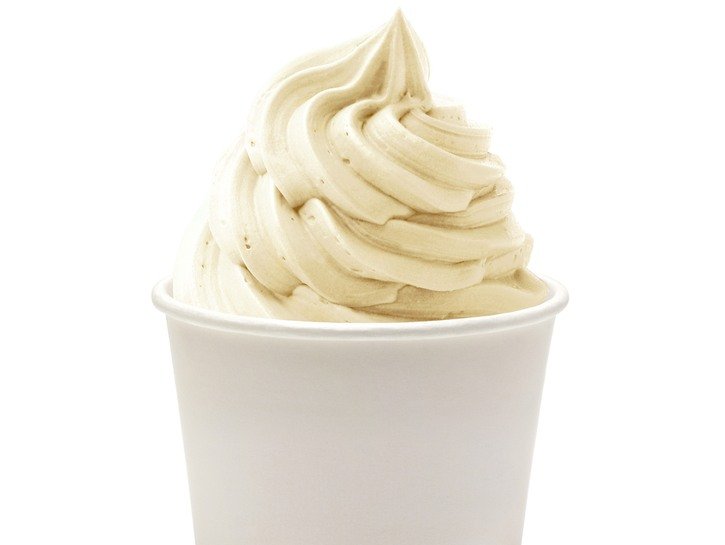As more and more variations of frozen dairy treats break into mainstream public consciousness, frozen custard is taking off in a major way. With the texture of a super dense ice cream, frozen custard is joining the ranks of ice cream, gelato, and frozen yogurt. Chains like Freddy’s and Culver’s sell frozen custard exactly like ice cream – in the form of individual scoops, sundaes, milkshakes, and malts. So what’s the difference?

ninikas/Shutterstock
Frozen Custard Vs. Ice Cream
The base of traditional ice cream is milk, cream, or some combination of both. Frozen custard is made of milk, cream, and egg yolks for a thicker, richer texture.
The process of making ice cream involves deliberately churning air into the mix for a light, milky taste, while producers of frozen custard purposefully leave out air for a mouthfeel that’s much denser. Professional-grade ice cream machines actively whip air into the ice cream while it freezes, after which point the ice cream is left in a freezer for a firmer, more solid texture. A professional frozen custard is meant to be served at a softer consistency and is made by incorporating as little air as possible into the base of the custard.
Both ice cream and frozen custard are required by the FDA to contain a minimum of 10% milkfat according to weight. However, ice cream must be less than 1.4% egg yolk, while frozen custard has to contain at least 1.4% egg yolk, though it’s often made with more for a thicker end product.
Frozen custard also tends to be served around 18 °F, a warmer temperature than ice cream, which is typically served at 10 °F. The additional egg yolk content in frozen custard generally keeps the dessert from melting as quickly as traditional ice cream.

Health Differences
Frozen custard and ice cream are quite similar as far as nutritional quality is concerned. Both products are high in calories, fat, and sugar, with a 1/2 cup of custard containing 147 calories, and vanilla ice cream coming in just slightly less at 137 calories. Though not by much, frozen custard does contain more protein than ice cream, due to its higher egg content.
